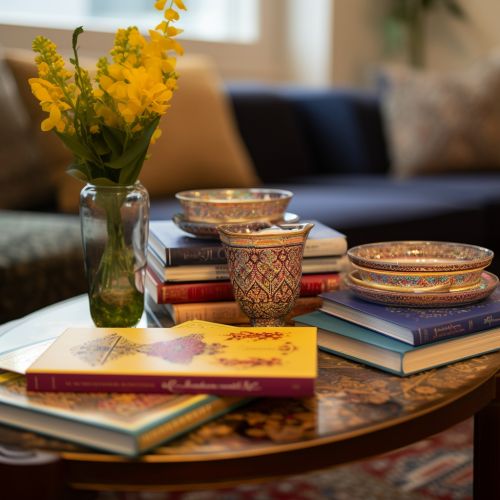Persian Literature
Origins and Pre-Islamic Period
Persian literature has a rich and ancient history, tracing its origins back to the Achaemenid period (550–330 BC). During this time, the primary form of literary expression was oral, with poets and storytellers passing down tales and legends through generations. The most significant work of this era is the Avesta, the sacred texts of Zoroastrianism, which were composed in an early form of Persian known as Avestan.
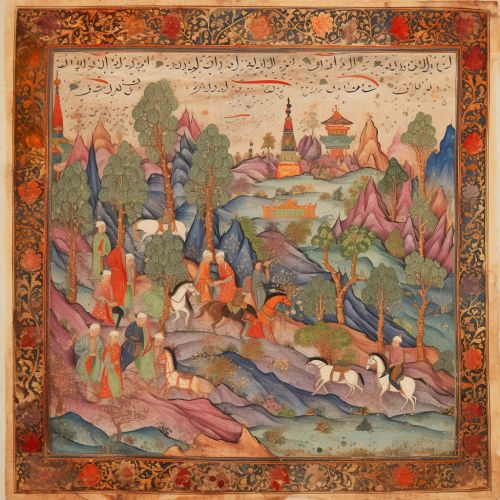
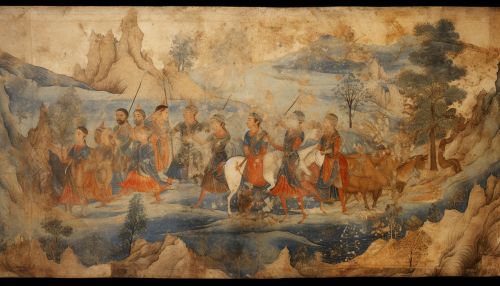
Classical Period
The advent of Islam in the 7th century AD brought about significant changes in Persian literature. The Persian language was modified and adapted to the Arabic script, resulting in what is now known as Middle Persian. During the Abbasid Caliphate, Persian scholars and writers played a crucial role in the Islamic Golden Age, contributing to various fields of knowledge including literature, philosophy, medicine, and science.
The classical period of Persian literature, often referred to as the "Golden Age", spans the 10th to 15th centuries. This era witnessed the emergence of several literary genres, including epic poetry, lyric poetry, and prose. The most notable works of this period include the Shahnameh by Ferdowsi, the Khosrow and Shirin by Nezami, and the Divan of Hafez by Hafez.
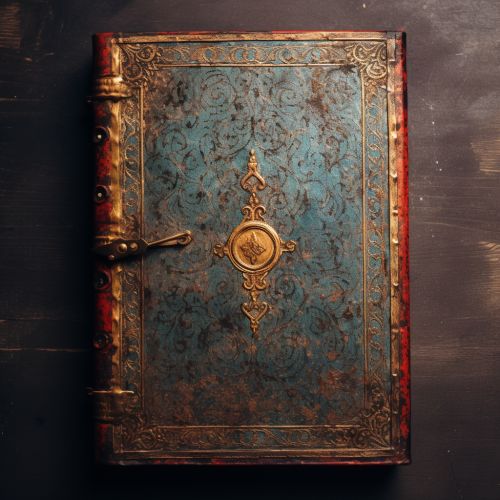
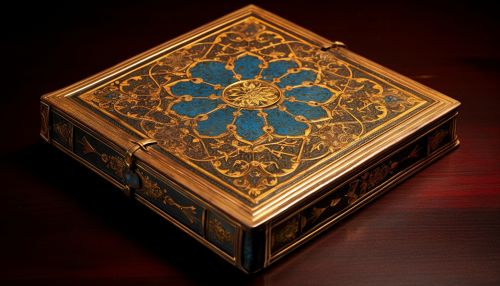
Post-Classical Period
The post-classical period, spanning the 16th to 18th centuries, saw a decline in the production of epic poetry and a rise in the popularity of ghazal, a form of lyric poetry. This era also witnessed the emergence of new literary forms such as the masnavi (a long narrative poem) and the rubai (a short quatrain). The most famous works of this period include the Masnavi by Rumi, the Rubaiyat by Omar Khayyam, and the Divan of Saadi by Saadi.
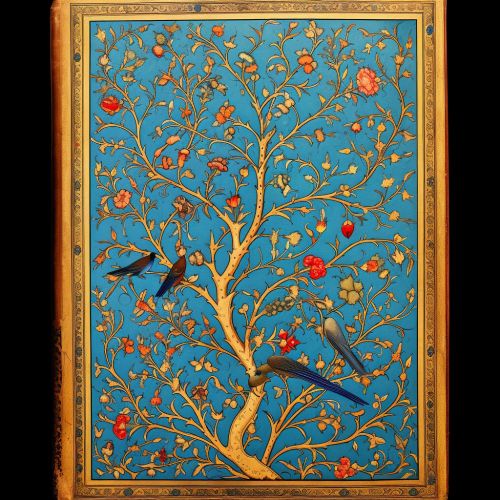
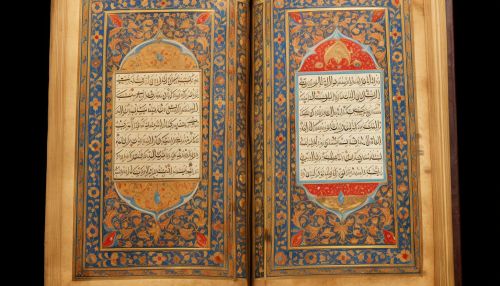
Modern Period
The modern period of Persian literature, beginning in the 19th century, has been characterized by a shift towards prose and the emergence of the novel and short story as prominent literary forms. Influenced by Western literary trends, Persian writers began to explore new themes and styles, resulting in a rich and diverse body of literature. Notable authors of this period include Sadegh Hedayat, Forough Farrokhzad, and Mahmoud Dowlatabadi.
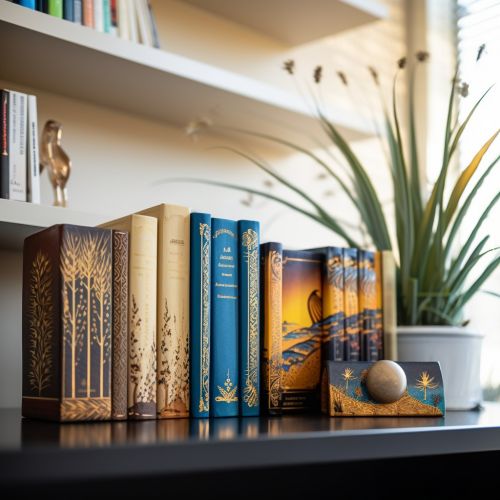
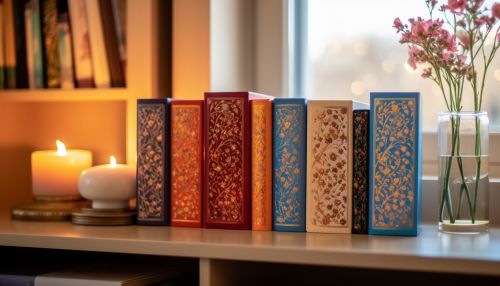
Themes and Styles
Persian literature is known for its profound exploration of themes such as love, loss, morality, and the human condition. It is also characterized by its use of rich and evocative language, intricate poetic structures, and a deep sense of spirituality. Persian writers and poets have often used literature as a medium to reflect on society and express their philosophical and political views.
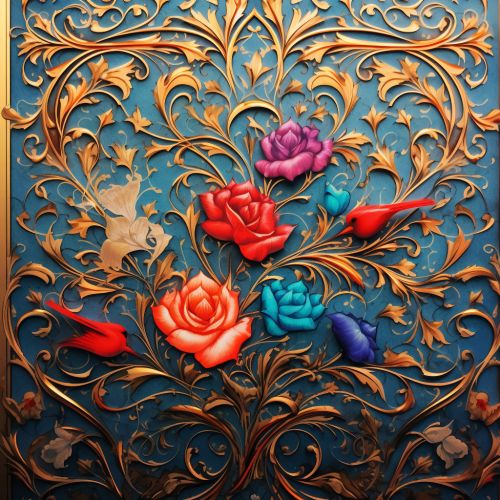
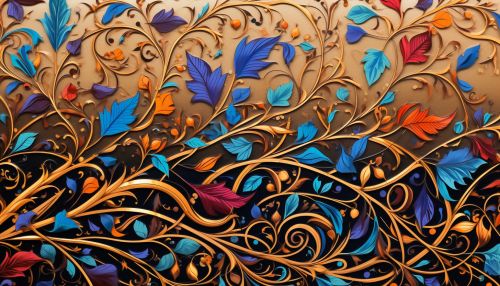
Influence and Legacy
Persian literature has had a significant influence on the literary traditions of many cultures, particularly in the Middle East and South Asia. Its themes, styles, and forms have been adopted and adapted by writers in various languages, including Arabic, Turkish, Urdu, and Bengali. The works of classical Persian poets such as Rumi, Hafez, and Khayyam have been translated into numerous languages and continue to be widely read and admired around the world.
